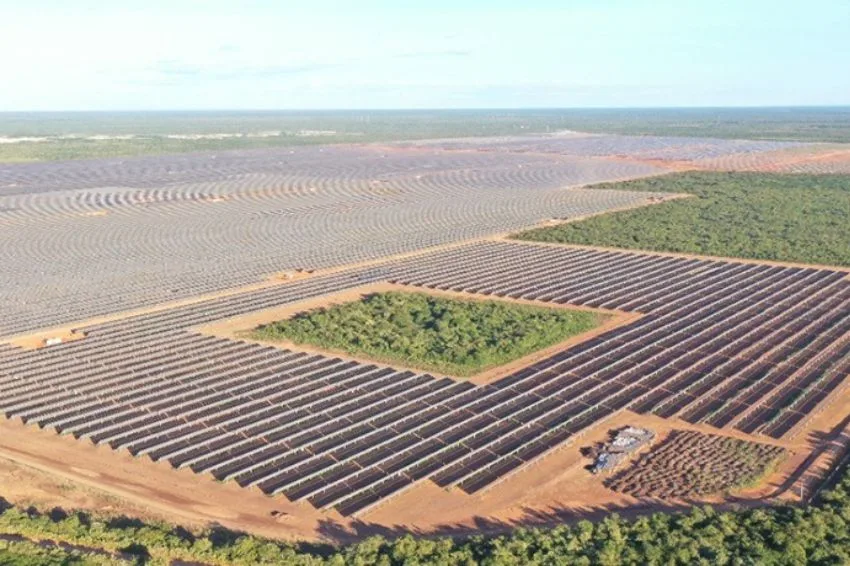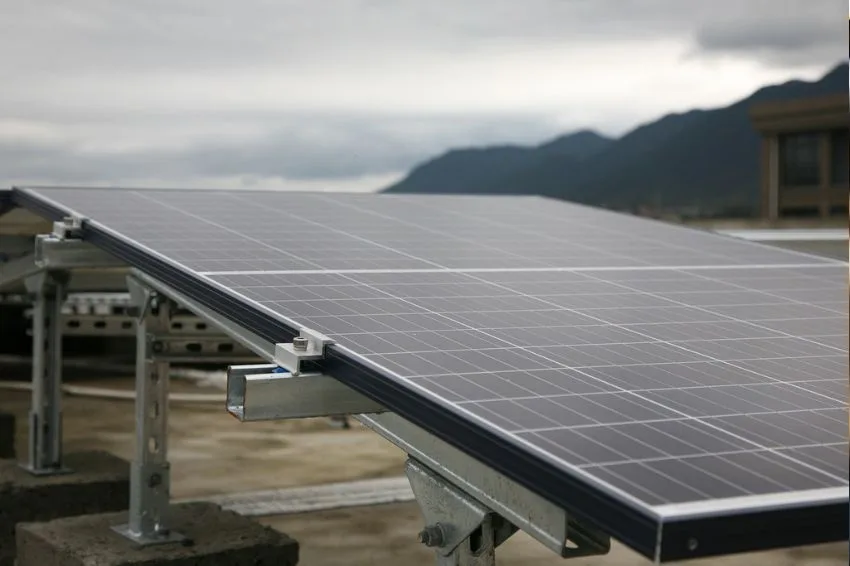O ONS (National Electric System Operator) met with agents last Friday (25) to prepare the RAP (Disruption Analysis Report) related to the blackout that happened on August 15th and which interrupted more than 22 thousand MW of energy in 25 states of the country and in the Federal District. More than a thousand professionals participated in the online event.
The ONS had already informed that the initial event was the shutdown of the Quixadá-Fortaleza transmission line, owned by Chesf. However, after evaluating the subsequent facts, signs were found that the generation sources close to this line transmission did not perform as expected with regard to voltage control.
“The most consistent line of investigation points to this below-expected performance as a second event that triggered the entire process of layoffs that followed,” says the ONS in a note.
According to the Operator, in the simulations carried out based on the data sent by agents when the plants started operating, it was not possible to reproduce the disturbance that occurred on August 15th.
“In all tests carried out with this data, no voltage reduction was observed that violates the Network Procedures, such as that which occurred after the shutdown of the LT 500 kV Quixadá – Fortaleza II. In the simulation with this data, there was an injection of reactants by the generators close to the transmission line, stabilizing the voltage.”
Only with the information received from agents after the occurrence, it was possible to reproduce, in the simulation environment, the disturbance on August 15th.
Based on this new information, the ONS carried out a thorough analysis of the sequence of events and tested multiple scenarios, which showed signs that the performance of the equipment reported by the agents to the ONS before the occurrence is different from the performance presented in the field. It is important to highlight that the problem identified is not directly related to the type of generating source.
“It is essential that the models in the official database sent by agents to the Operator faithfully reproduce what happens in reality. This allows the ONS to reproduce in a simulation environment what actually happens in the field, being able to take the necessary preventive measures. The ONS reinforces that given the complexity of the event, it continues to deepen its analyses.”
José Marangon, CEO of Marangon Consultoria & Engenharia (MC&E), said that, apparently, there was a drop in voltage and the Belo Monte and Tucuruí plants – which had their machines turned off due to low hydroelectricity – were not able to sustain the tension.
“I think the problem is not with the hydraulics. Now, the response of inverters for both solar and wind generation sometimes does not reflect reality. I think the ONS will have to carry out analysis of this equipment, wind and solar, to verify what happened. For me, the problem is there, if you can't reproduce what happened, you can't plan the operation”, he commented.
According to Marangon, renewable sources need to be able to sustain voltage. “You have to know if you were playing reactive at low or high, in addition, if the relay settings were correct. Let's see if the ONS can identify the problems,” he added.
The next RAP meeting is scheduled for September 1st. On this occasion, the agenda will focus on the actions of ERAC (Regional Load Relief Scheme).
How it all began
According to the Operator, the incident in the SIN (National Interconnected System) began at 8:30 am on Tuesday (15), with the interruption of around 19 thousand MW, of the total 73 thousand MW that were being served at the time, representing approximately 27% of the total charge for that hour.
The event caused the electrical separation of the North and Northeast regions from the South, Southeast/Center-West regions, with the opening of interconnections between these regions, affecting 25 states and the Federal District.
Also according to the ONS, considering the geographic regions of the country, loads in the North region (5.4 thousand MW), part of the Northeast region (7 thousand MW – 56%) were suspended and there were controlled load cuts (ERAC) in part of the Southeast/Central-West and South subsystems (6.4 thousand MW).
The ONS pointed out that the recomposition of loads began in all regions in the first minutes after the occurrence, and at 9:05 am the loads in the South region were already back to normal.
Loads from the Southeast/Central-West regions were reestablished at 9:33 am and at 1:34 pm the entire operating system under ONS coordination was restored. Also according to the ONS, at 2:49 pm all interrupted loads were normalized by the distributors.















